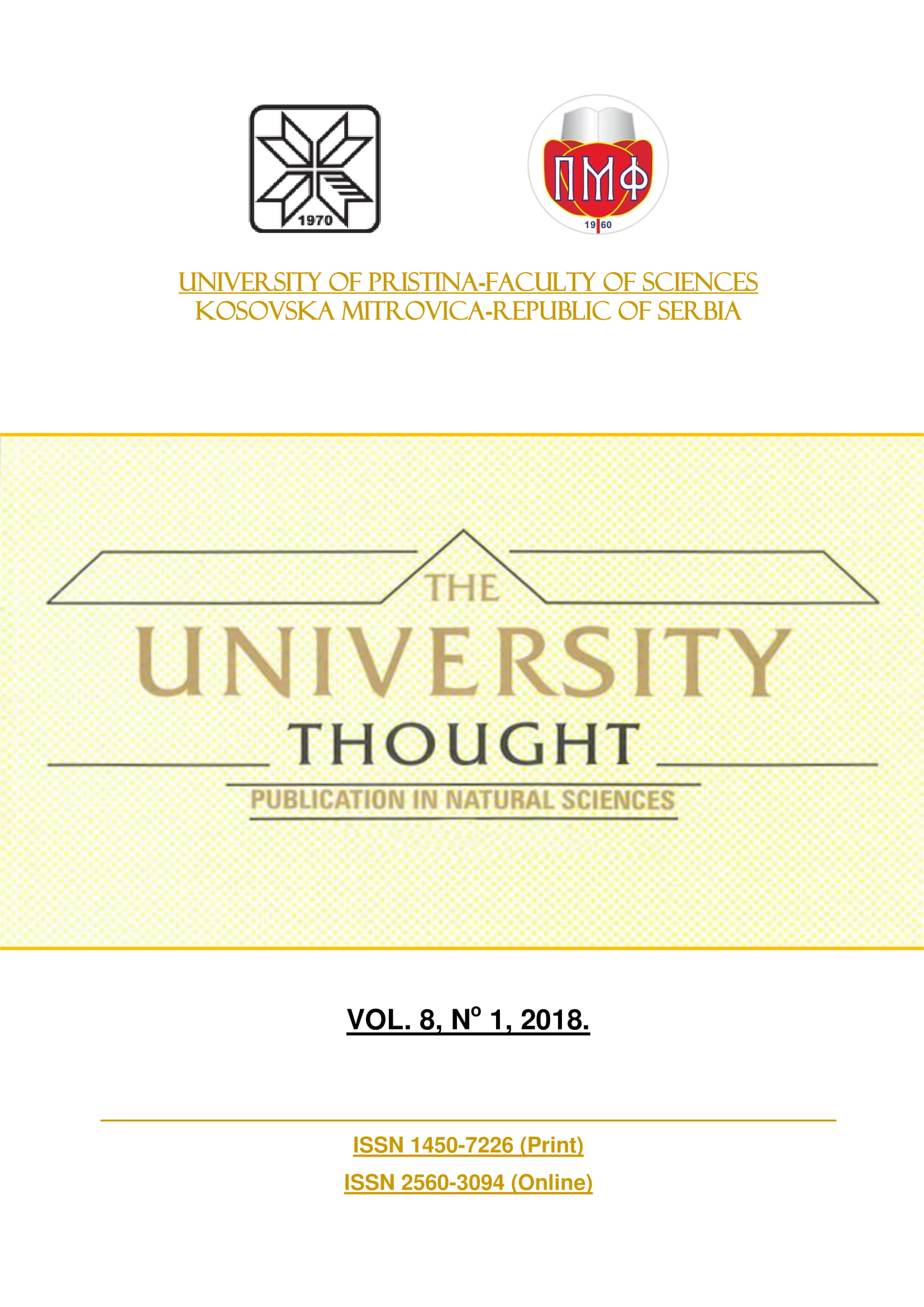HUMIRON® IS AN EFFECTIVE BIODEGRADABLE SOURCE OF CHELATED IRON FOR PLANTS: AN IRON-59 UPTAKE STUDY
Abstract
Here we tested plants’ ability to use iron (Fe) from the water-soluble commercial product Humiron® (a complex of Fe with highly purified and solubilized humic acids extracted from leonardite) as a source of chelated Fe for both strategy 1 (e.g. cucumber) and strategy 2 (e.g. barley) plant species grown under low Fe conditions. Iron from radioactive 59Fe-labelled Humiron® can easily be acquired by strategy 1 plant species via reduction of FeIII by the inducible plasma membrane-bound reductase, similarly to the reduction of synthetic FeIII-chelates. Strategy 2 plant species can also efficiently utilize Fe from Humiron® via ligand exchange between humates and phytosiderophores (PS). Moreover, the efficacy of Humiron® is comparable to Fe complexed with water-extractable humic substances obtained form peat. Being easily biodegradable this product can be used as an effective Fe source for organic crop production.
References
Awad, F., Römheld, V., & Marschner, H. 1988. Mobilization of ferric iron from a calcareous soil by plant-borne chelators (Phytosiderophores). Journal of Plant Nutrition, 11(6-11), pp. 701-713. doi:10.1080/01904168809363835
Bienfait, H.F., van den Briel, W., & Mesland-Mul, N.T. 1985. Free Space Iron Pools in Roots: Generation and Mobilization. Plant Physiology, 78(3), pp. 596-600. doi:10.1104/pp.78.3.596
Cesco, S., Römheld, V., Varanini, Z., & Pinton, R. 2000. Solubilization of iron by water-extractable humic substances. Journal of Plant Nutrition and Soil Science, 163(3), pp. 285-290. doi:10.1002/1522-2624(200006)163:3<285::aid-jpln285>3.0.co;2-z
Cesco, S., Nikolic, M., Römheld, V., Varanini, Z., & Pinton, R. 2002. Uptake of 59Fe from soluble 59Fe-humate complexes by cucumber and barley plants. Plant and Soil, 241(1), pp. 121-128. doi:10.1023/a:1016061003397
Hördt, W., Römheld, V., & Winkelmann, G. 2000. Fusarinines and dimerum acid, mono- and dihydroxamate siderophores from Penicillium chrysogenum, improve iron utilization by strategy I and strategy II plants. BioMetals, 13, 37-46.
Marschner, H., & Römheld, V. 1994. Strategies of plants for acquisition of iron. Plant and Soil, 165(2), pp. 261-274. doi:10.1007/bf00008069
Nikolic, M., Cesco, S., Römheld, V., Varanini, Z., & Pinton, R. 2003. Uptake of Iron (59Fe) complexed to water-extractable humic substances by sunflower leaves. Journal of Plant Nutrition, 26(10-11), pp. 2243-2252. doi:10.1081/pln-120024278
Nikolic, M., Cesco, S., Römheld, V., Varanini, Z., & Pinton, R. 2007. Short-term interactions between nitrate and iron nutrition in cucumber. Functional Plant Biology, 34(5), pp. 402-408. doi:10.1071/fp07022
Nikolic, M., & Pavlovic, J. 2018. Plant responses to iron deficiency and toxicity and iron use efficiency in plants. In A.M. Hossain et al. Eds., Plant Micronutrient Use Efficiency: Molecular and Genomic Perspectives in Crop Plants, pp. 55-69. San Diego: Academic Press.
Pinton, R., Cesco, S., Santi, S., Agnolon, F., & Varanini, Z. 1999. Water extractable humic substances enhance iron deficiency responses to Fe-deficient cucumber plants. Plant and Soil, 210(2), pp. 145-157. doi:10.1023/a:1004329513498
Römheld, V., & Nikolic, M. 2006. Iron. In A. Barker & D. Pilbeam Eds., Handbook of Plant Nutrition. Boca Raton: CRC Press., pp. 329-350. doi:10.1201/9781420014877.ch11
Strasser, O., Köhl, K., & Römheld, V. 1999. Overestimation of apoplastic Fe in roots of soil grown plants. Plant and Soil, 210(2), pp. 179-189. doi:10.1023/a:1004650506592
Zhang, F.S., Romheld, V., & Marschner, H. 1991. Role of the root apoplasm for iron acquisition by wheat plants. Plant Physiology, 97(4), pp. 1302-1305. doi:10.1104/pp.97.4.1302
Authors retain copyright and grant the journal right of first publication with the work simultaneously licensed under a Creative Commons Attribution License that allows others to share the work with an acknowledgement of the work's authorship and initial publication in this journal.

